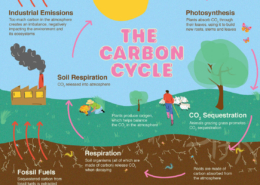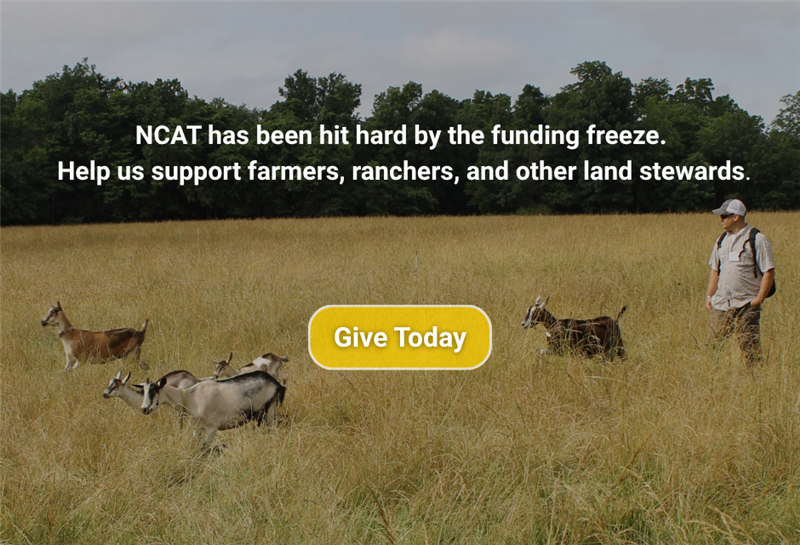Climate Solutions
Harmful levels of carbon dioxide are building up in the atmosphere and changing our climate. As global average temperatures continue to rise, agricultural producers find themselves on the front lines of this struggle. Extreme weather events and evolving climate cycles require farmers to rapidly adapt to weather the storm. At the same time, agricultural lands have tremendous potential to capture and store heat-trapping carbon dioxide in healthy soils and agroecosystems.
Carbon is the principle energy pathway on farms and ranches. Through practices that maintain soil cover and living roots, integrate agroforestry, utilize alternative soil amendments, and incorporate plant species diversity, agroecosystems can harness photosynthetic potential to capture atmospheric carbon and store it in above ground biomass and carbon-rich soils with concurrent benefits of improved resilience, water holding capacity, biodiversity and productivity.
Although climate change is caused by humanity’s collective action and decision making, it can feel as though agricultural producers are criticized as a significant part of the problem and expected to bear an outsized responsibility to be the silver-bullet solution. The reality is that our industrialized economy has mandated agricultural production practices upon producers and these practices have forced the industrialization of land use. This page features practical ATTRA tools and technical assistance for farmers and ranchers to embrace complex ecosystem dynamics and create regenerative agricultural systems that work with nature and adapt to our changing climate.

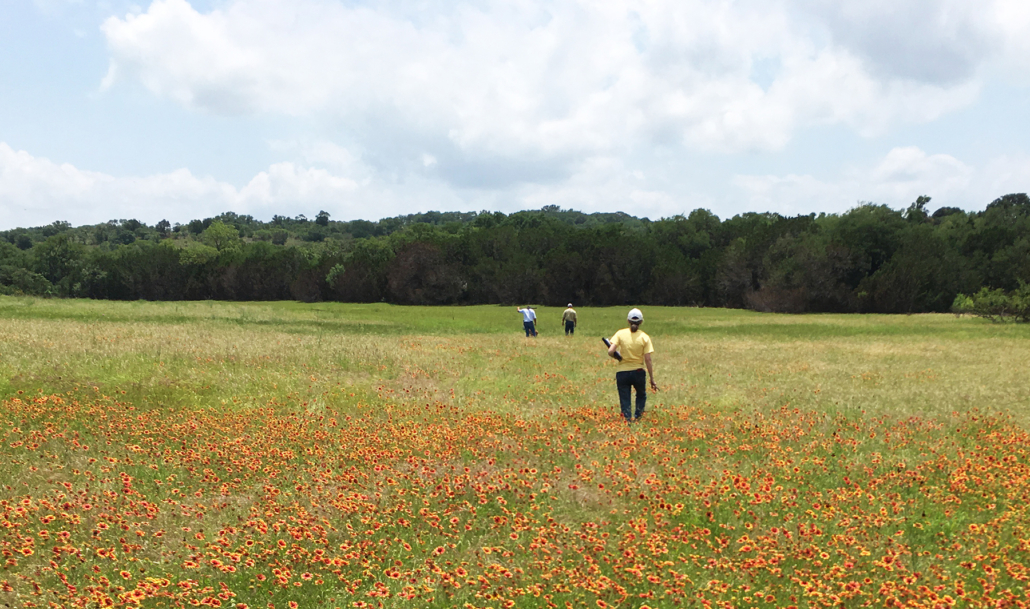
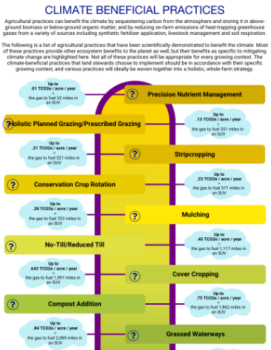

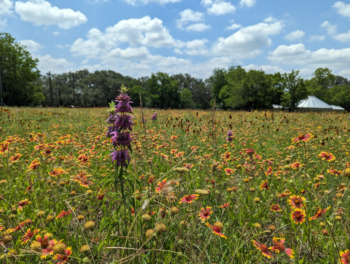
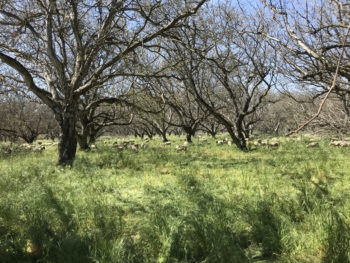
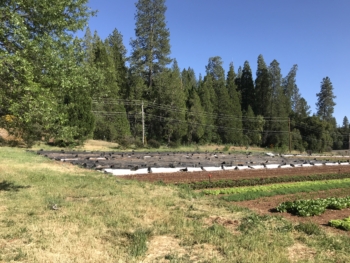


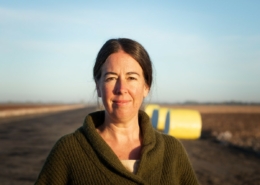
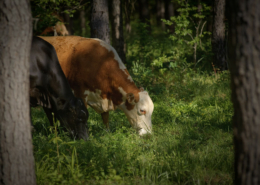


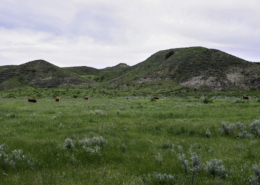
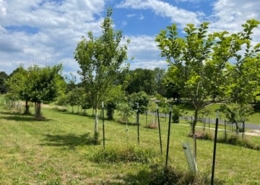


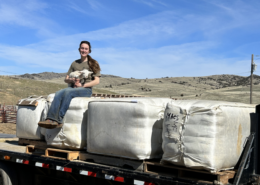
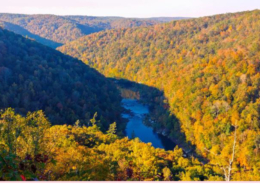


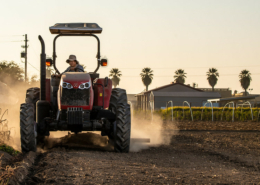 USDA
USDA